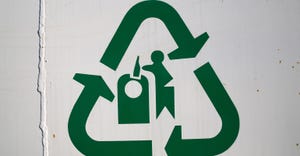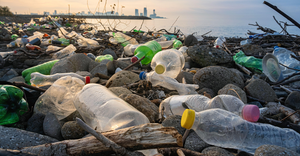The Kent County Department of Public Works tasked Custer Inc. with developing an innovative technology solution for its 5,000-square-foot education space.
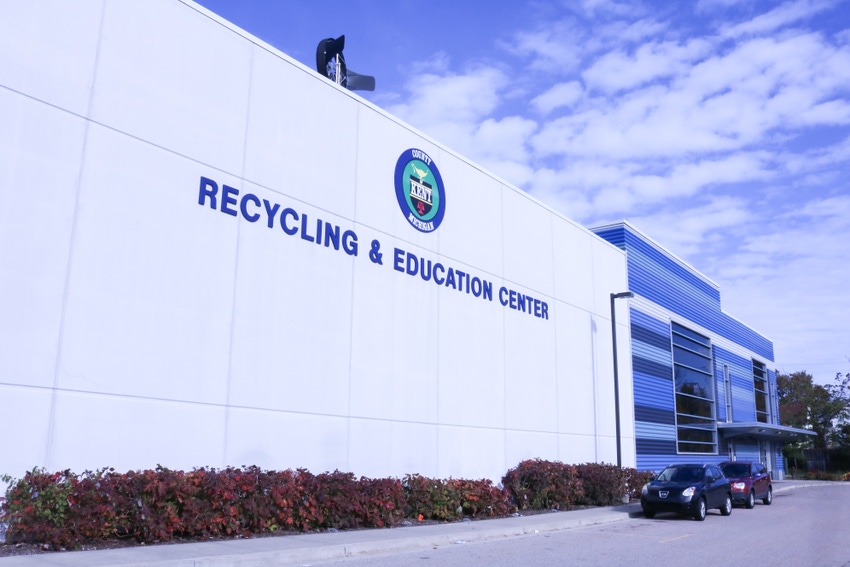
The education programs and tours at the Kent County, Mich., Recycling and Education Center, a regional single stream recycling facility that accepts and processes recyclables from various counties, are more than a learning tool; they’re an experience. This is partially due to the new technology upgrade the center received this fall, which replaced the outdated analog technology that was used in the center for the past seven years.
The Kent County Department of Public Works, which operates and manages the center, tasked Custer Inc., a company that designs and builds full interior environments equipped with technology, custom capabilities and unique interior elements, with developing an innovative technology solution for its 5,000-square-foot education space.
“The Kent County Department of Public Works reached out to us because its recycling and education center was having issues with its outdated analog technology, projection screen and cameras,” says Mike Christe, technology sales at Custer. “We walked the department through some of the solutions that we could offer to future-proof the center, and the department decided to move forward with a full system reboot opposed to just throwing some Band-Aids on some of the center’s broken or outdated technology components.”
To meet the technology needs of the center, Custer installed new video and audio technology that gives employees, volunteers, community members and school groups an in-depth look at the county’s recycling program and how materials are sorted and processed every day.
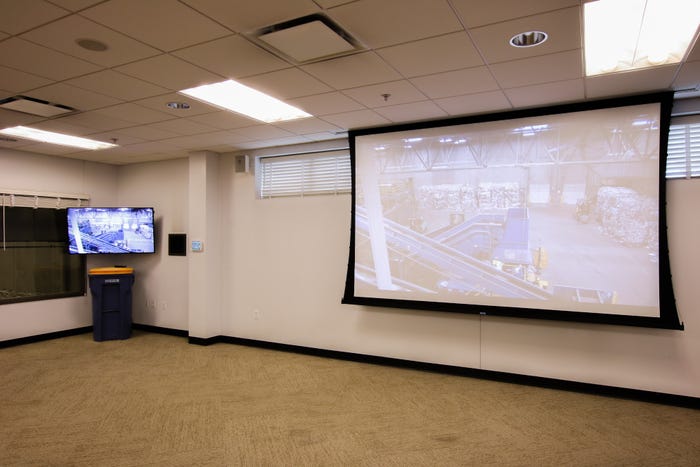
“The new technology gives us the capability to improve our education programs,” says Kristen Wieland, communications and marketing manager at the Kent County Department of Public Works. “Before the upgrade, we only had three cameras in the facility and limitations kept us from being able to add a camera on the tipping floor. Now, we have a fourth camera on the tipping floor, and we can actually show visitors the piles of recyclables that are waiting to be recycled so that they can see the full picture of the recycling process.”
The new technology, which includes two displays, a projection screen, a control panel, four high-definition cameras and an iPad mini 4 to control the audio and visual equipment, allows staff and visitors of the center to easily connect to the system to share content, ultimately enhancing the recycling education experience.

“One of the biggest benefits of the new technology is the quality,” says Wieland. “With the zooming feature and clear image quality, we are able to help people understand what we do and how the sorters ensure that the non-recyclable materials that make their way onto the conveyor belts don’t make it to the end market. In the long run, I hope this technology upgrade will help us tell our story and help us explain why recycling is important and how following the rules of recycling can make a difference.”
The installation only took about a week to install because Custer worked around the operational hours of the facility so that it wouldn’t experience any downtime. Altogether, from time of talk to completion, the project took roughly six months to complete.
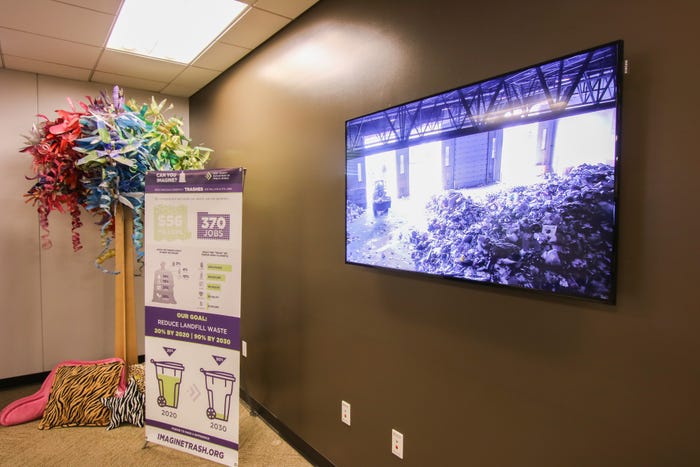
The project also goes hand-in-hand with the Kent County Department of Public Works’ goal of reducing landfill waste by 90 percent by 2030. The department recently met with stakeholder groups to begin its master planning process to reach that goal, and it’s currently in the process of creating a master plan to build a new sustainable business park that would use recycled materials and covert waste materials that would otherwise be sent to landfill into usable products, such as fuel pellets, plastic beads and textiles.
“In Kent County alone, the residential recycling rate is less than 10 percent right now so we have a long way to go to achieve our 90 percent diversion goal,” says Wieland. “We currently have a lot of material being sent to landfill and a waste-to-energy facility that doesn’t need to go there, and our goal is to get people to recycle right so that we can move the needle in the right direction.”
Custer is working closely with the Kent County Department of Public Works to help achieve that goal of 90 percent by 2030, and it’s also participating in focus groups and conversations to determine how more waste can be reduced.
“It takes a team to reduce waste, and the more that we can further educate each other and ourselves about waste reduction and recycling the better,” says Natalia Connelly, director of branding at Custer. “We are eager to be part of the solution to the sustainability challenge, and we are working hard to help the Kent County Department of Public Works meet that 90 percent waste diversion goal by 2030.”
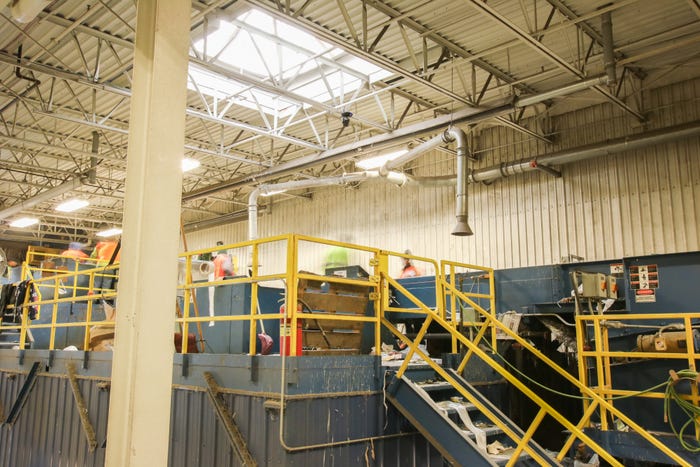
In addition to the technology upgrade, the center has closed its doors until December 19 to undergo a $1.5 million equipment upgrade to improve its recycling efficiency and to add dairy cartons and juice boxes to its list of accepted materials. The new equipment being added to the facility by CP Group includes a new corrugated cardboard screen, additional optical sorting equipment and conveyor system refurbishment. These upgrades will allow the facility to accept paper cartons and mechanically sort corrugated cardboard to keep up with the community’s growing recycling needs.
“Prior to having this equipment at our facility, paper cartons were not recycled because they’re a mixed material,” comments Wieland. “They are coated in plastic and sometimes also have a metal layer. These layers make them great for storing food and beverages but make them challenging to recycle. Just think about the volume of juice boxes and milk cartons that come from school cafeterias that can be recycled now!”
About the Author(s)
You May Also Like



